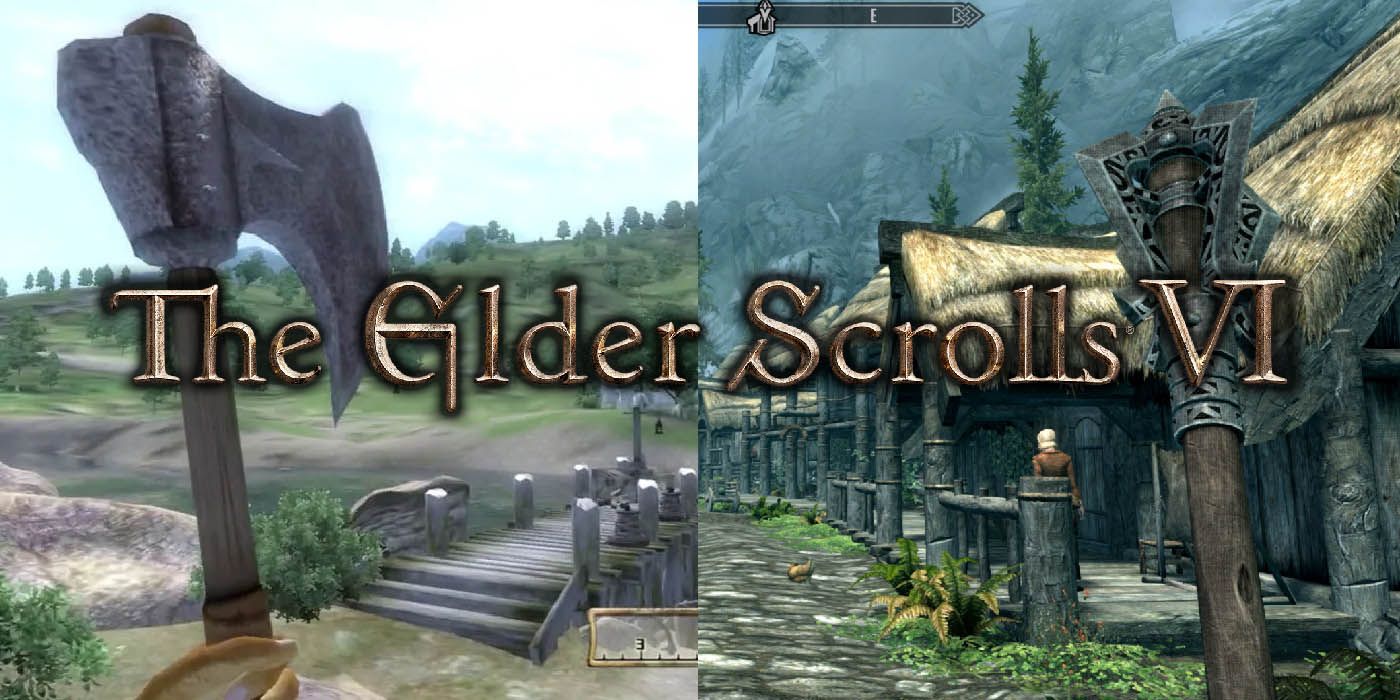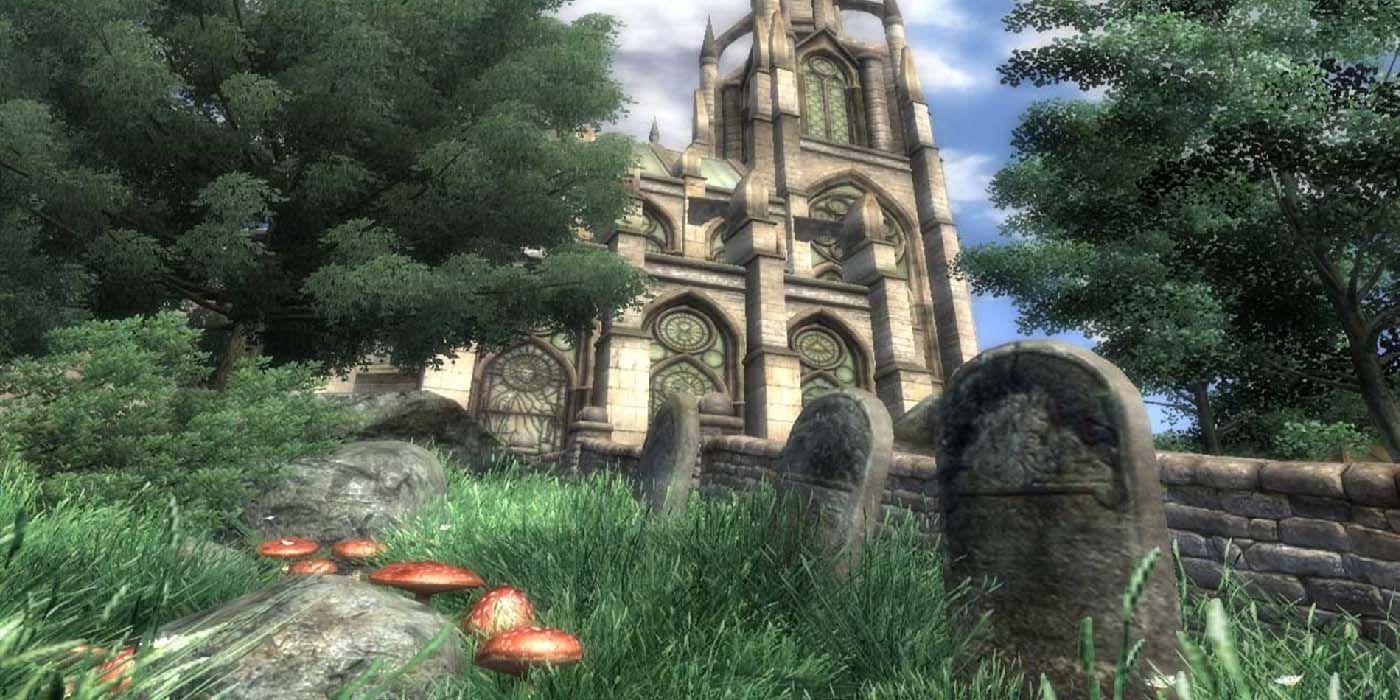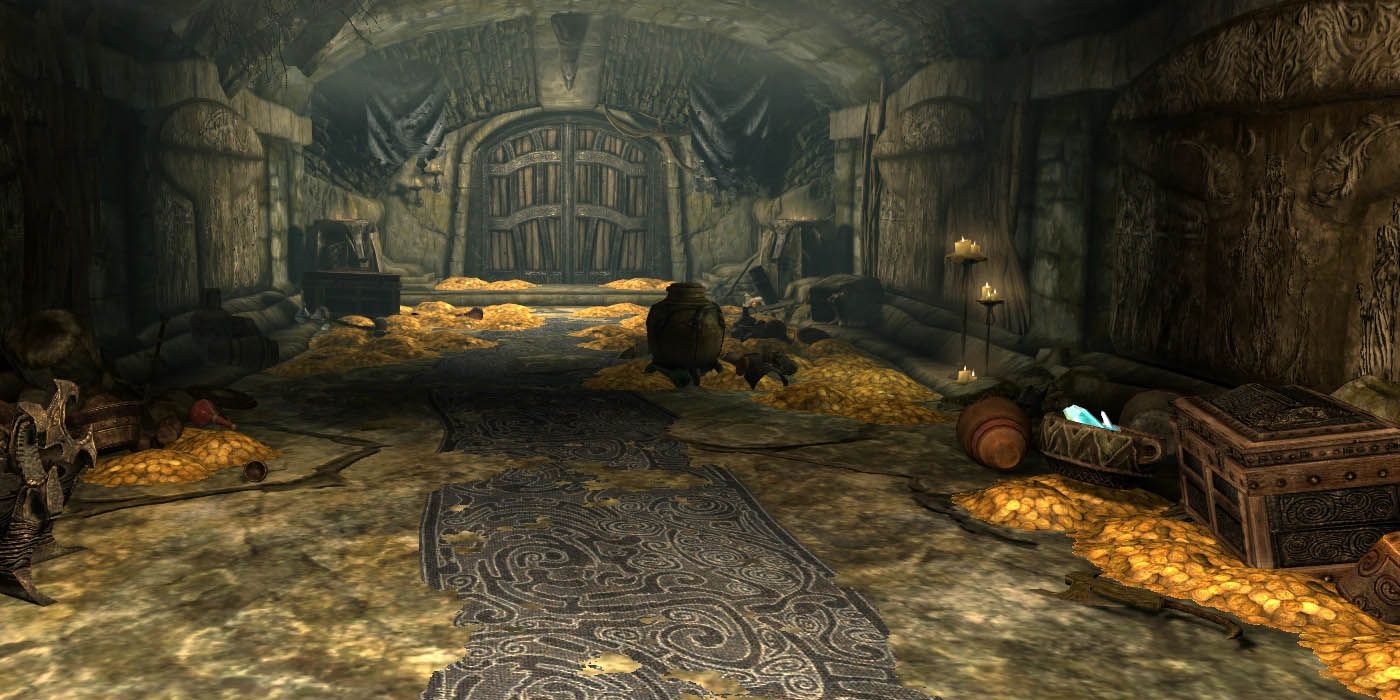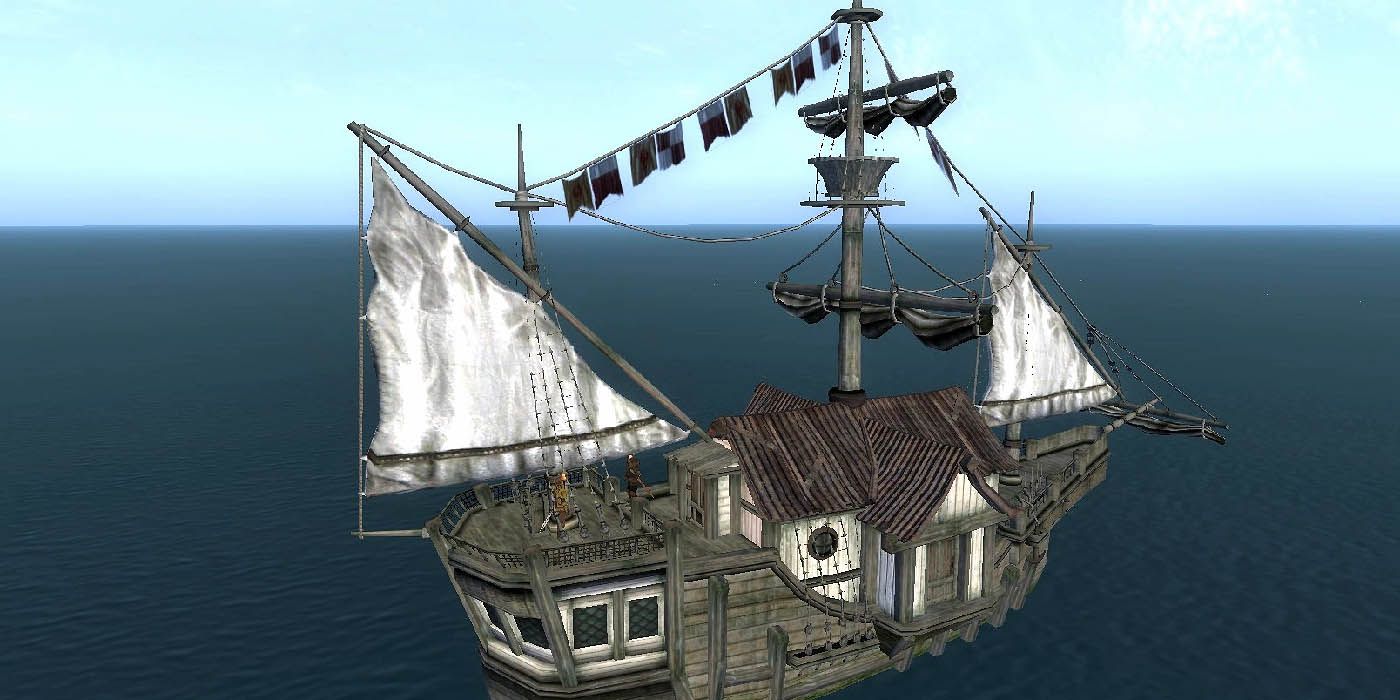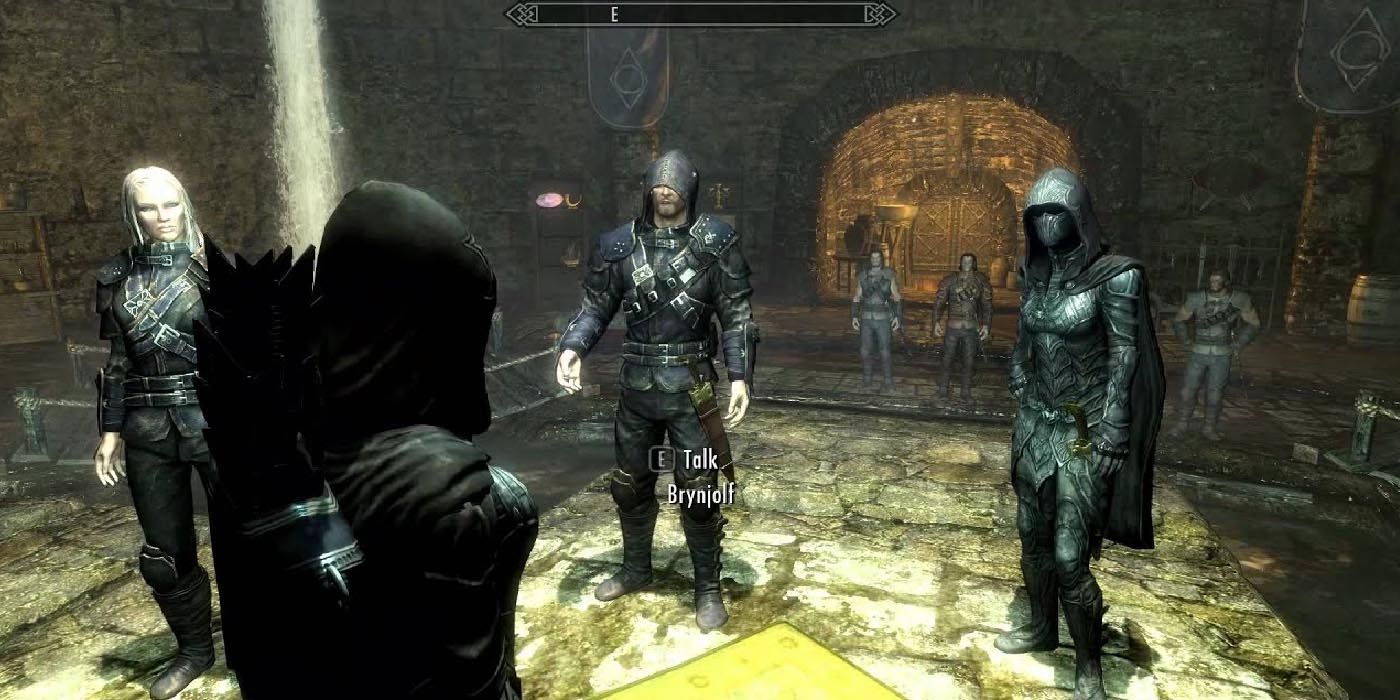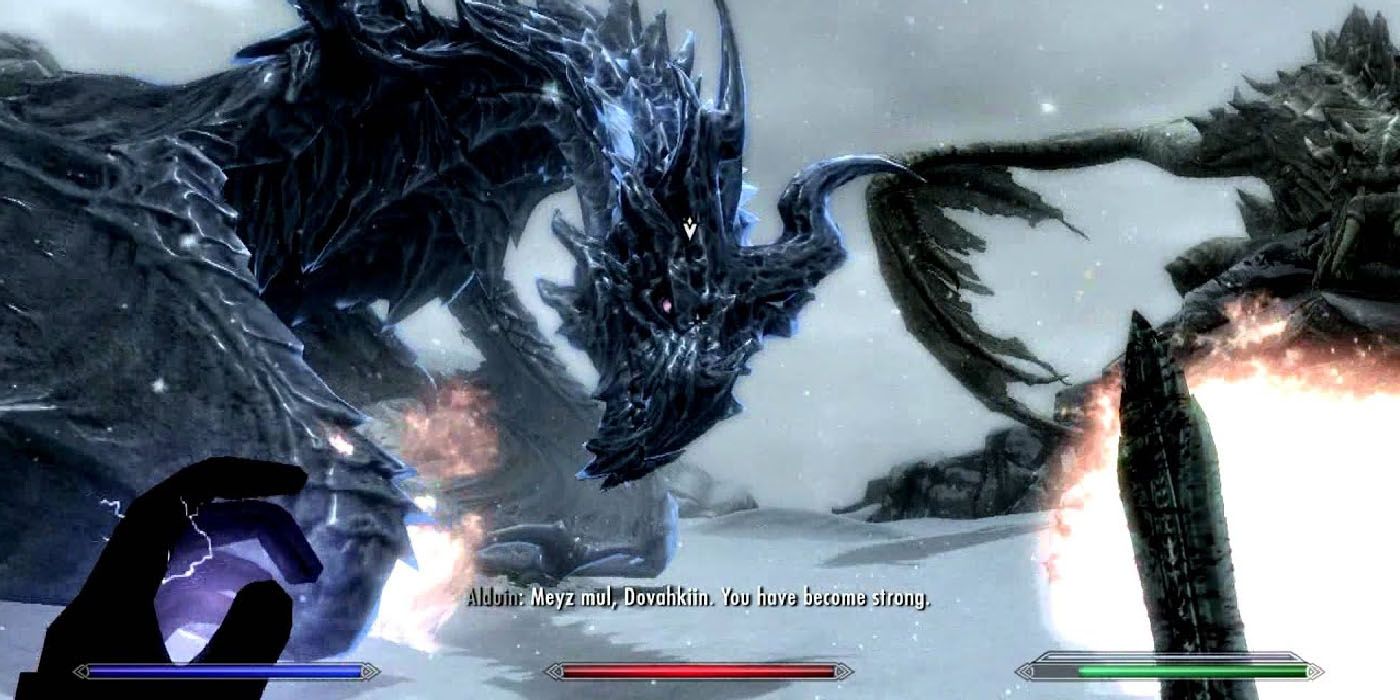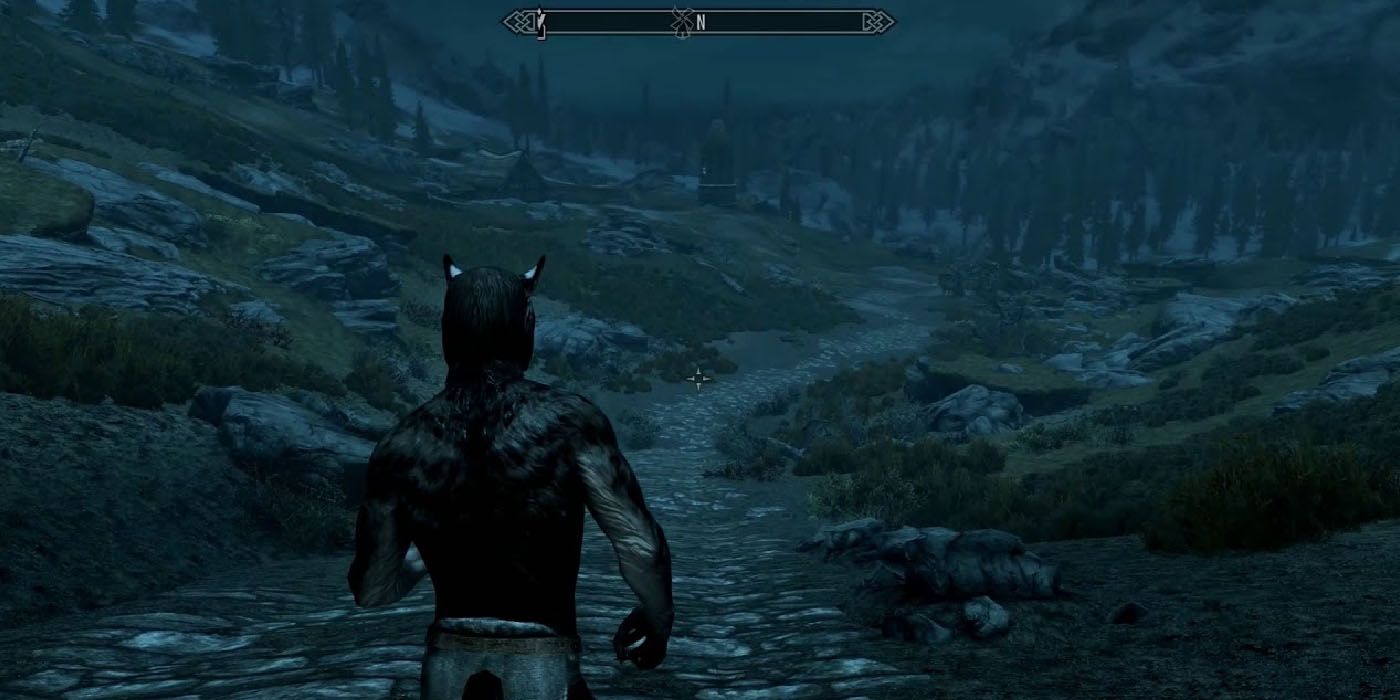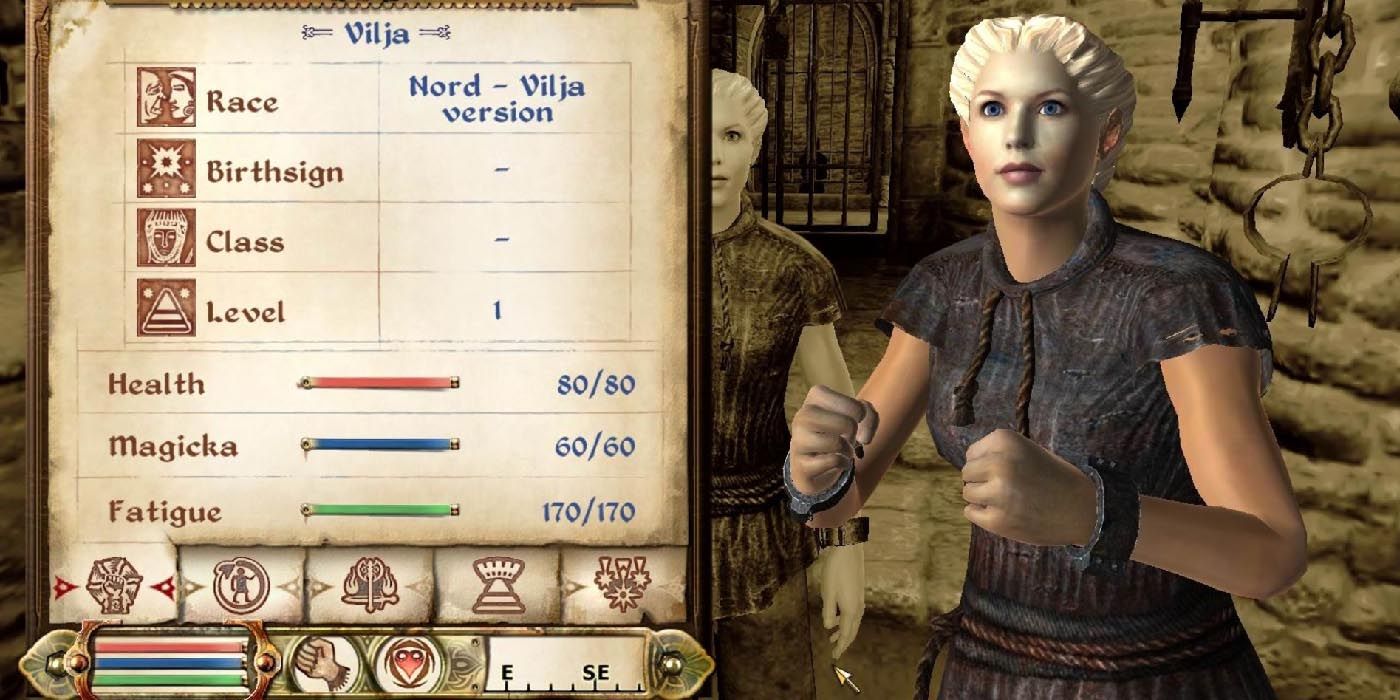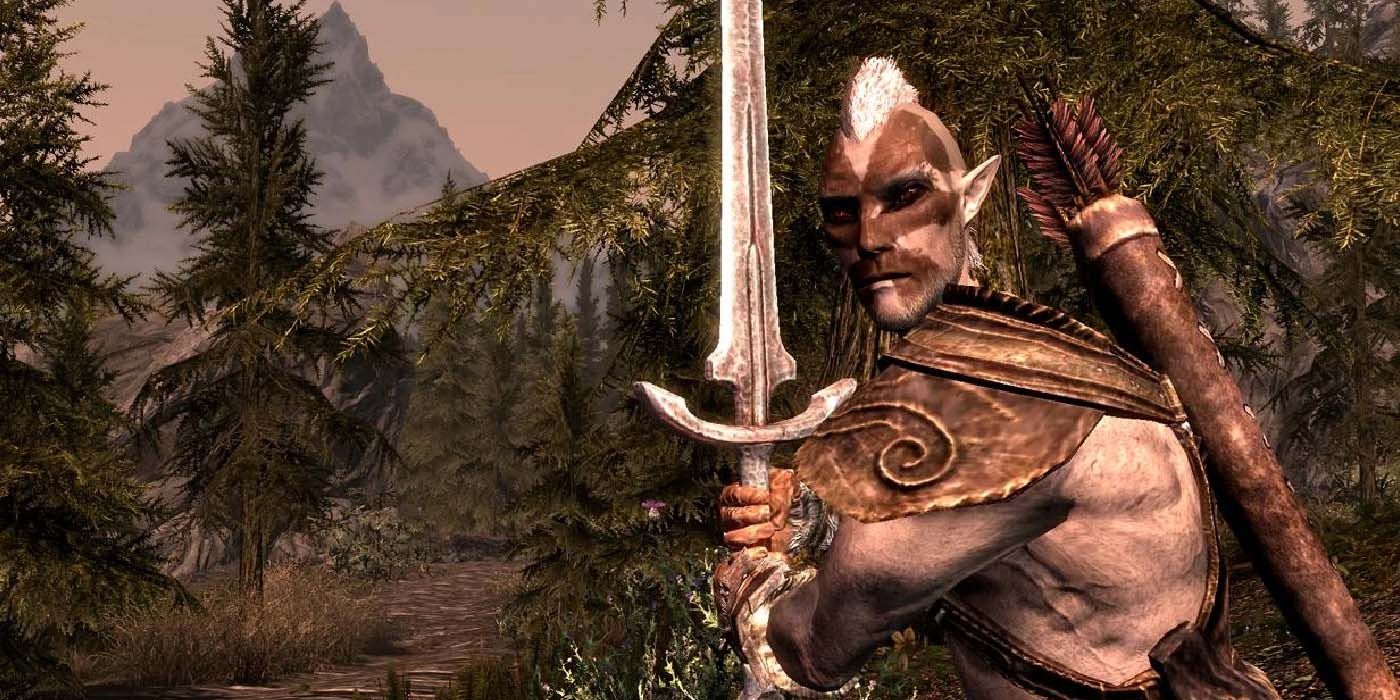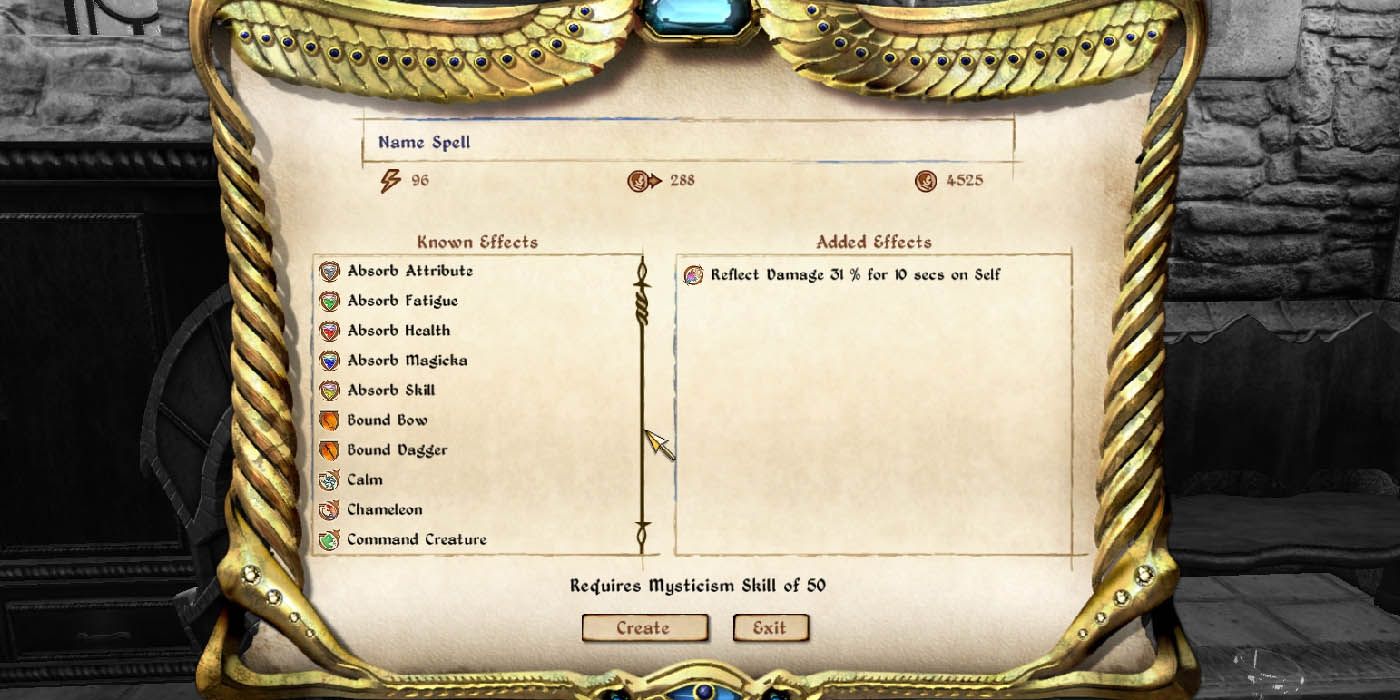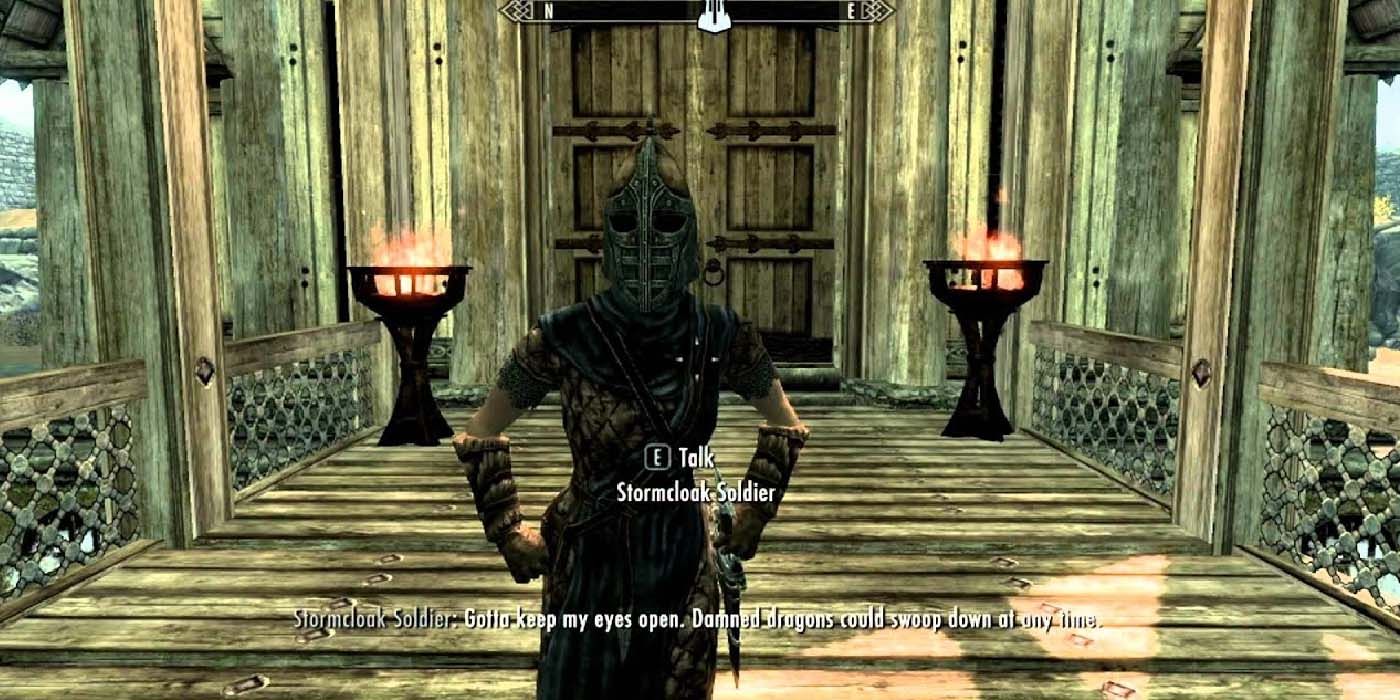The Elders Scrolls IV: Oblivion was a great action/RPG that did a lot of things right. The next game in the series, Skyrim, also did much to advance the series and the action/RPG genre. These two games also had their problems – and not just a few. What lessons should Bethesda take from the previous two games in The Elders Scrolls franchise as they develop the sixth game in the series?
These lessons don’t necessarily indicate a mistake on Bethesda’s part, and in fact might be something positive that gamers hope Bethesda brings back for The Elders Scrolls VI. This list will focus on details unique to either Oblivion or Skyrim, and not those shared by both.
10 Oblivion – A Game-World Full Of Color
This is a lesson that many Elder Scrolls fans wish Bethesda had learned between Oblivion and Skyrim. Skyrim’s graphics are inarguably better, but visually Oblivion beats Skyrim in terms of the color palette. Oblivion was filled with vibrant colors that helped bring the game-world to life.
The dull tones (mostly browns and greens) of Skyrim’s color palette was something for which it got a lot of criticism. Sure, the game was set in a rugged subarctic climate without much vegetation, but the colors still could have been a little brighter.
9 Skyrim – Make The Game’s Currency A Little More Scarce
Running out of money in Skyrim never seemed to be a problem – for anyone. It did not take long for players to amass a fortune they couldn’t spend in a hundred lifetimes. The only thing that most players ever needed to spend money on was lumber and the occasional rare alchemical ingredient.
Everything else the player uses over the course of the game was either craftable or found in abundance in the game-world. This basically turned collecting gold pieces into the equivalent of trying to get the high score on old-school arcade games – in other words only for prestige.
8 Oblivion – Creative Side-Quests
Skyrim’s side-quests were a grind of the same tired fetch-quests and NPC hunts. Fans of the Elder Scrolls franchise almost unanimously agree that the worst side-quests in Oblivion were as good as some of the best side-quests in Skyrim.
Memorable Oblivion side-quests like “An Unexpected Voyage” and “A Brush With Death” don’t have an equally compelling counterpart in Skyrim. The side-quests in Skyrim felt more like an afterthought; hopefully Bethesda puts as much thought into the part VI’s side-quests as they did for Oblivion.
7 Skyrim – Guilds Should Be More Exclusive
Most players finished Skyrim with a character that was the head of the theives’ guild, the head of the Dark Brotherhood, and the Archmage of Winterhold. In Skyrim, joining these guilds seemed almost obligatory; in Oblivion it was an unexpected and spontaneous event.
Also, in Oblivion these guilds would seek-out the player’s character as a prospective member - players had to be invited. This made joining the guilds in Skyrim more like an exclusive event combined with a clandestine adventure. It should also be much harder to become the leader of these guilds.
6 Oblivion – A Less Linear Storyline Is Better
The direction that Oblivion’s main quest took felt like something over which the player had control, while still remaining mysterious. Skyrim’s main quest held the player’s hand from beginning to end and at times felt more like a chore than an adventure. Hopefully Bethesda will learn from this and make the main quest in part VI one with a more branching mission structure – so that every player doesn't have the exact same experience during a play-through.
Role-playing games should allow players to decide their own destiny; Skyrim was more like an interactive novel the events of which the player had no influence, despite being the protagonist of the story.
5 Skyrim – Running Speed
A character’s running speed in Skyrim could be affected by certain things, like sheathing your weapon, but was not something a player could improve upon. In Oblivion players had the ability to increase their character’s movement rate. The player had the ability to increase their character’s Athletics skill for increased running speed; this also increased the distance of their character’s jumps.
Some players, usually those who used melee weapons, enjoyed being able to make their character faster so they could close the distance between spellcasters and archers quicker. It also makes traversing a large, open-world map a little less tedious.
4 Oblivion – Character Creation
In terms of character creation Oblivion was so much better than Skyrim. Oblivion gave the player a choice of profession (class) as well as assigning skills as major and minor. There were also more skills available to players in Oblivion. This larger selection of available skills allowed for more customization.
Skyrim’s skill-and-perk system felt less confining than Oblivion’s, but a closer examination of its system reveals it to be more of a zero sum game than Oblivion’s system. Skills in Skyrim are improved at the expense of improving other skills more so than in Oblivion. The character creation system in Oblivion also provided a better equilibrium of play-styles; whereas Skyrim seemed to favor stealth archers.
3 Skyrim – Species/Races Need More Distinct Appearances
Skyrim had a lot of humans NPCs, and the other playable races were surprisingly well represented for such a remote setting. The problem was it was nearly impossible to tell what race of human or elf a character was, based on their appearance.
In Oblivion this was never a problem as every race and subrace was easily identifiable. Gold elves had a golden tint to their skin color. Wood elves were a little shorter than gold elves and had brownish skin color. Even the khajiit and argonians had more variation in appearance in Oblivion.
2 Oblivion – Spellcrafting
One of the biggest complaints about Skyrim among gamers was the removal of the spellcrafting options that were present in Oblivion. Oblivion allowed players to alter spells and even create new spells. The player had the power to combine various spell effects, set the spell’s range, how the spell was delivered (touch or at range), and the spell’s area of effect.
This could be done only by members of the mage guild at a special altar. Inexplicably, Skyrim had none of that. Skyrim did have dual-hand casting, but this should have been in addition to the spellcrafting system in Oblivion instead of being its replacement.
1 Skyrim – NPC Reactions
The NPC reactions in Skyrim were not affected by anything the character did for them. The player could slay a dragon attacking a farm and save the farmer’s life. What does the farmer say when you talk to him? Does he thank the player? Does he ask the player who they are? Nope and nope. The farmer turns to the player’s character and says, “There are dragons about, traveler. Be warned.”
The player can take over the leadership role of a guild, but still get spoken to like an untrusted outsider by its members. In Oblivion guild members would call the player’s character “master” after the player became the leader of the guild. Also, as the storyline in Oblivion progressed NPCs would begin recognizing the player’s character and react accordingly.

